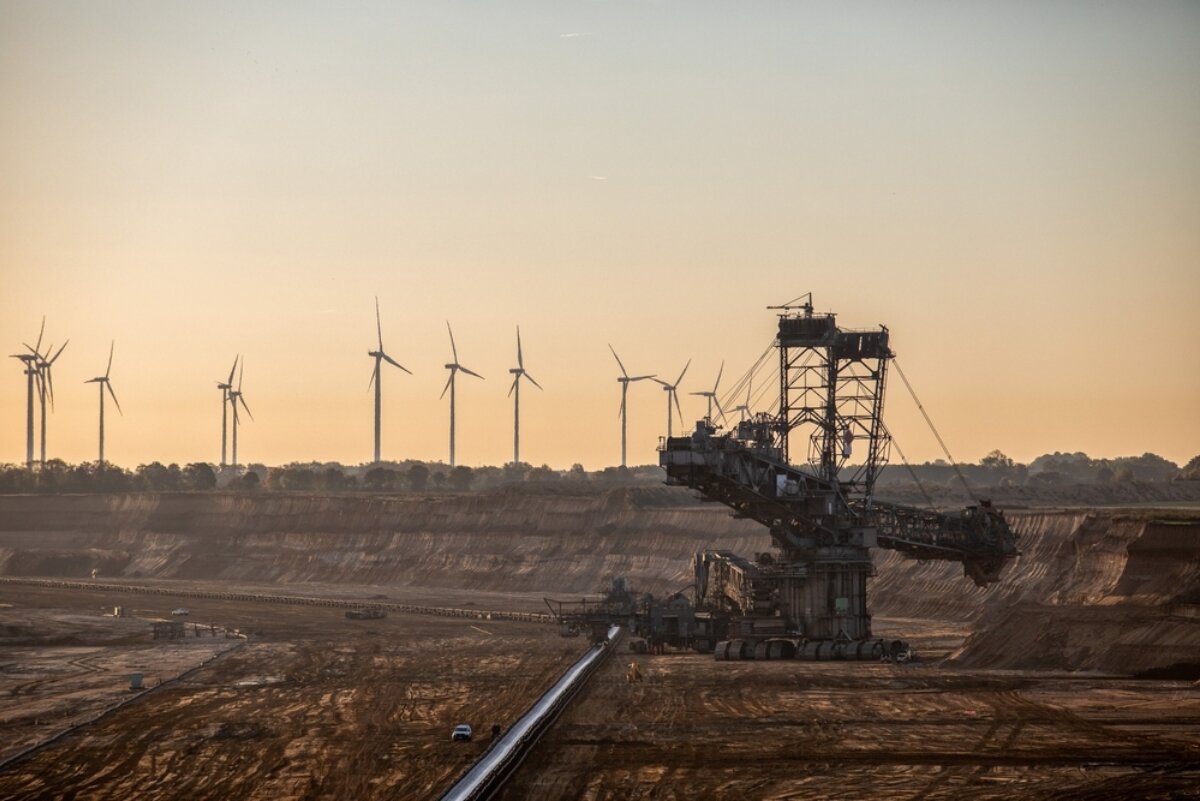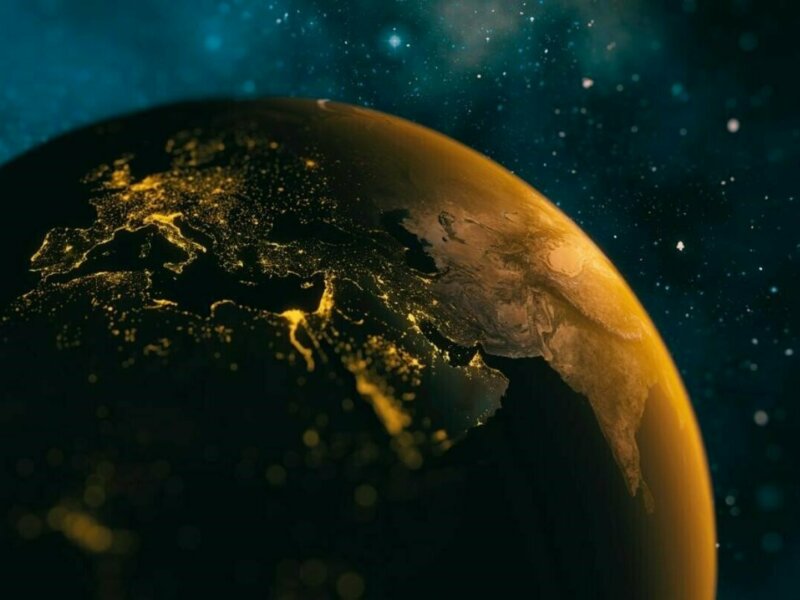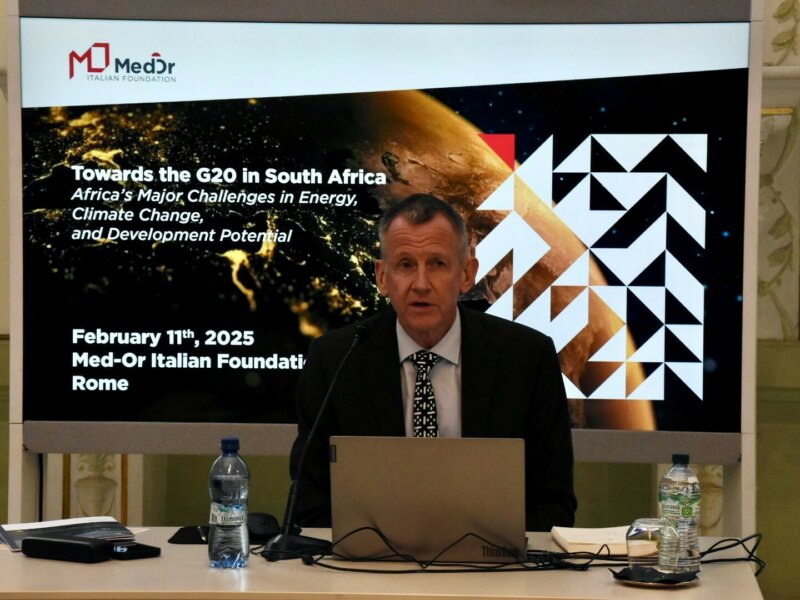Africa and the Arctic: The Disputed Treasure of Critical Raw Materials
The article by Enrico Casini, Director of the Communications Unit at the Med-Or Italian Foundation, was published by Il Mattino on March 2, 2025.

The ongoing technological revolution has further highlighted the global economy’s dependence on microprocessor production. If manufacturing - currently concentrated in a few Asian countries - were to halt, industries worldwide would come to a standstill. Considering that Taiwan alone accounts for 52.9% of the global chip market, it is evident how a potential crisis in the South China Sea could have profound repercussions on the world economy.
Virtually no sector is unaffected by microprocessor production. However, at the core of their manufacturing - and more broadly, at the foundation of all essential modern technologies - are critical raw materials. These resources are indispensable for chip production and entire industrial sectors, including heavy industry, digital technology, defense, healthcare, ecological transition, and space exploration.
But what exactly are critical raw materials, which have recently garnered significant attention, particularly in relation to Ukraine? They are materials with unique physicochemical properties that make them irreplaceable for a range of applications. The European Union’s latest official list includes 34 critical raw materials, of which 17 are classified as strategic. Among these, lithium is particularly noteworthy, as it is crucial for batteries in electric vehicles, smartphones, and computers. Other key materials include silicon metal, gallium, manganese, germanium, graphite, bismuth, titanium metal, boron, platinum group metals, tungsten, cobalt, heavy rare earth elements, copper, and nickel. Additionally, rare earth elements - a group of 17 materials with unique properties - are essential for the production of strategic technologies. The critical nature of these resources stems not only from their importance but also from their concentration in a limited number of countries, while global demand for them continues to rise exponentially.
Over the past years, various crises have disrupted raw material supply chains, highlighting vulnerabilities in global trade networks. Considering the likelihood of future conflicts and natural disasters that could further threaten logistics and infrastructure, securing the extraction and processing of critical raw materials - alongside microchip production - has become a top priority for major global powers. This issue is no longer merely economic; it has acquired a significant geopolitical dimension.
Given the geopolitical as well as economic importance of critical raw materials, it is worth noting that China currently holds a dominant position in this sector. It possesses over one-third (35%) of the world’s known reserves and accounts for 71% of global production. However, all major powers are now striving to strengthen their position in this critical field. Consequently, increasing attention is being directed toward regions with significant reserves of these materials - most notably, Africa and the Arctic.
A major strategic and geopolitical contest is unfolding over the mineral wealth of these two regions, and this competition is set to intensify in the coming years. Africa is poised to become a key player in the future, not only due to its demographic and economic potential but also because of its vast mineral reserves and natural resources. Consider, for instance, the Democratic Republic of the Congo, which alone contains around 50% of the world’s known reserves of cobalt, manganese, and platinum-group metals. Unsurprisingly, China and Russia have been expanding their presence in African countries, particularly those rich in mineral resources.
At the same time, the Arctic is also drawing increasing global interest. It is estimated that its untapped mineral deposits could supply up to 30% of global demand for critical raw materials. This, in addition to its strategic maritime routes, makes the region highly valuable. Climate change and the melting of ice are rendering previously inaccessible areas more reachable, opening up new opportunities for resource extraction - both on land and in the seabed.
Looking ahead, amid the ongoing energy transition and digitalization, demand for critical raw materials is expected to rise exponentially. The geopolitical competition among global powers increasingly revolves around economic and technological dominance. In this context, microchips and rare earth elements will remain two fundamental components of this strategic contest—one that will shape the future of global power dynamics.
Click here to download the article in PDF format.



